Your roof hasn’t been replaced in some time and you start to have a sneaking suspicion your roofing may be leaking somewhere…but how do you know for sure. Chappell Roofing is here to discuss some of the indicators of a leaky roof.
Water Puddles
Roofs are created to prevent water from getting into your home or business. There are many particular designs created to direct water off of your roof via downspouts and gutters but as roofs age, the likelihood of water pooling increased. Pooled water is exactly as it sounds…it’s basically a little puddle of water that sits on your roof. During summer months, the West Texas heat generally evaporates it quickly so it doesn’t affect the sustainability of your composite shingles. However, in cooler months or in humid conditions, that water can ruin shingles and create leaks.
Torn Or Cracked Shingles
Did you notice a shingle or two in your yard after the most recent wind storm? We highly recommend getting those replaced as soon as possible. While it doesn’t seem important to do so, each and every shingle prevents moisture from entering your home. A leak is not likely to occur immediately, it will happen eventually. Think of a missing shingle like the spot you miss rubbing sunscreen on…the rest of your body is protected but the one spot you missed is exposed to the elements and is “weakened.”
Bubbling
Water is a bit of an opportunist when it comes to finding places to hide. Droplets can enter your roof through cracks or other small tears to get underneath shingles. This trapped water creates a humid environment and increases the possibility of bubbles forming. Roofs are designed to lay flat and when they aren’t, high West Texas winds are more likely to be able to tear off the raised shingles.
Flashing Damage
We’ve talked about flashing in previous blogs, but we wanted to bring up again how important it is that they’re maintained. Flashing is used on angled parts of your home to cover any joints, kind of like a metal Band-Aid. When flashing is damaged, there is a higher chance for water to enter into the joints and form leaks.
Chappell Roofing recommends that you call us to access any damage to your roof, regardless of how minor you think it is. Just like a small cut can get infected quickly, water will find a way into the weak points on your roof.
Chappell also wants to wish you a very happy 2016! Last year was great for us and we’re looking forward to what the upcoming year will bring.


